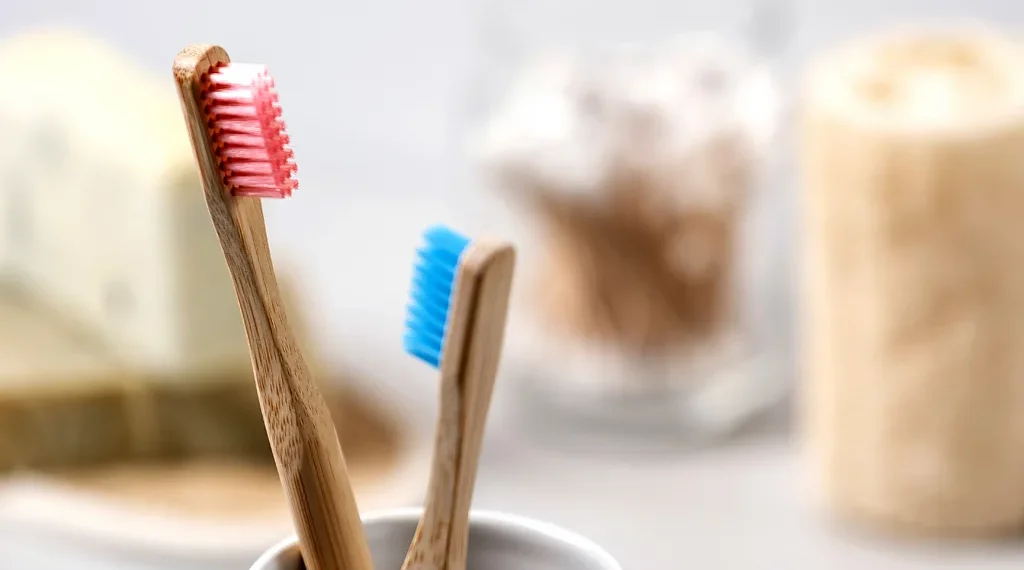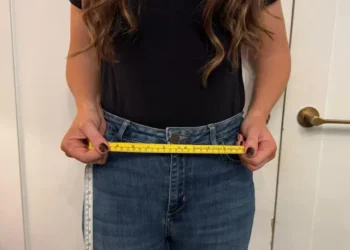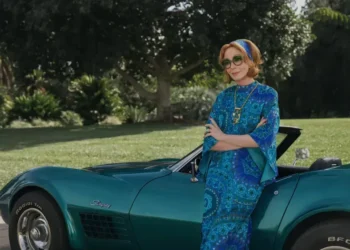How Can We Make Toothbrushing More Eco-Friendly?
Each year, billions of toothbrushes end up in landfills. How can we be more environmentally conscious about something as simple as brushing our teeth?
In my old office job, I kept a manual toothbrush in my desk, brushing every afternoon after lunch. At home, I had an electric toothbrush. I cared about my dental hygiene, but I’d never given much thought to my toothbrush’s environmental impact. And I doubt I’m alone in that.
According to the American Dental Association, toothbrushes should be replaced every three to four months, meaning billions are discarded yearly. Researchers at University College London (UCL) Eastman Dental Institute and Trinity College Dublin recently conducted a study on the environmental impact of different types of toothbrushes. They compared standard plastic, plastic with replaceable heads, bamboo, and electric toothbrushes by examining their entire life cycles, from production to disposal.
The study found that the fossil-fuel-based plastic polypropylene, used in most plastic toothbrushes, has a significant environmental impact. In fact, polypropylene accounts for about 3.7% of all plastic waste worldwide. Surprisingly, electric toothbrushes had an environmental impact 11 times greater than bamboo toothbrushes, mainly due to their weight and transportation emissions.
So, Which Toothbrush is the Most Eco-Friendly?
The study identified that plastic toothbrushes with replaceable heads were slightly better than bamboo ones in terms of sustainability. While bamboo is renewable and biodegradable, it occupies land that could otherwise support biodiversity or help offset carbon emissions. Nevertheless, bamboo still has a much lower environmental impact than standard plastic or electric toothbrushes.
Patrick Verkland, CEO of The Humble Co., which manufactures bamboo toothbrushes, emphasized bamboo’s biodegradability, which allows it to naturally decompose if disposed of correctly. The company is working towards fully plant-based handles and seeking alternatives to the nylon bristles still used in their brushes.
Innovations in Electric Toothbrushes
For those who prefer electric toothbrushes, companies like Suri are working to create sustainable options. Suri’s heads are made from cornstarch with bristles derived from castor oil, and customers can return used heads for recycling. Suri has designed their electric brushes to hold longer-lasting batteries, requiring fewer charges and reducing waste. Their efforts to recycle the materials also set them apart, with many design experts noting Suri’s sustainability innovations.
Sophie Thomas, a circular design expert, highlighted that durable, repairable electric toothbrushes could help reduce waste if they are made to last and be recycled at the end of their life. The challenge, she explains, is that traditional plastic toothbrushes are difficult to recycle because they’re made of different types of polymers that can’t be processed together.
Rethinking Our Toothbrush Choices
On a recent trip to the store, I found a few eco-friendly options: The Humble Co. offered a bamboo and plant-based brush for a reasonable price, while TePe Choice offered a brush with a reusable wooden handle and replaceable plant-based heads, reducing plastic waste by 80%. I decided to try the TePe brush, which aligns with the top results from the UCL study and reduces plastic usage.
Choosing a more sustainable toothbrush takes a bit of research. Newer materials are hitting the market, and manufacturers are starting to explore aluminum handles and other sustainable innovations in electric brushes. Hopefully, with more brands investing in quality, renewable materials, and thoughtful designs, consumers may begin to value toothbrushes as durable products rather than disposable items.
Switching to more sustainable toothbrushes is a small but meaningful step toward reducing personal plastic waste and environmental impact.
This article was rewritten by JournosNews.com based on verified reporting from trusted sources. The content has been independently reviewed, fact-checked, and edited for accuracy, neutrality, tone, and global readability in accordance with Google News and AdSense standards.
All opinions, quotes, or statements from contributors, experts, or sourced organizations do not necessarily reflect the views of JournosNews.com. JournosNews.com maintains full editorial independence from any external funders, sponsors, or organizations.
Stay informed with JournosNews.com — your trusted source for verified global reporting and in-depth analysis. Follow us on Google News, BlueSky, and X for real-time updates.













